Lighting is an integral part of the architectural design of your house, but its role is far more significant than just illuminating your living area. It also plays a significant role in communicating different moods and even has the ability to act as a mood-lifter. You probably know that natural light stimulates the human body and is in charge of your internal body clock, but how does artificial light influence you? Here is everything you need to know about the colour temperature of lighting and how it impacts your mood.
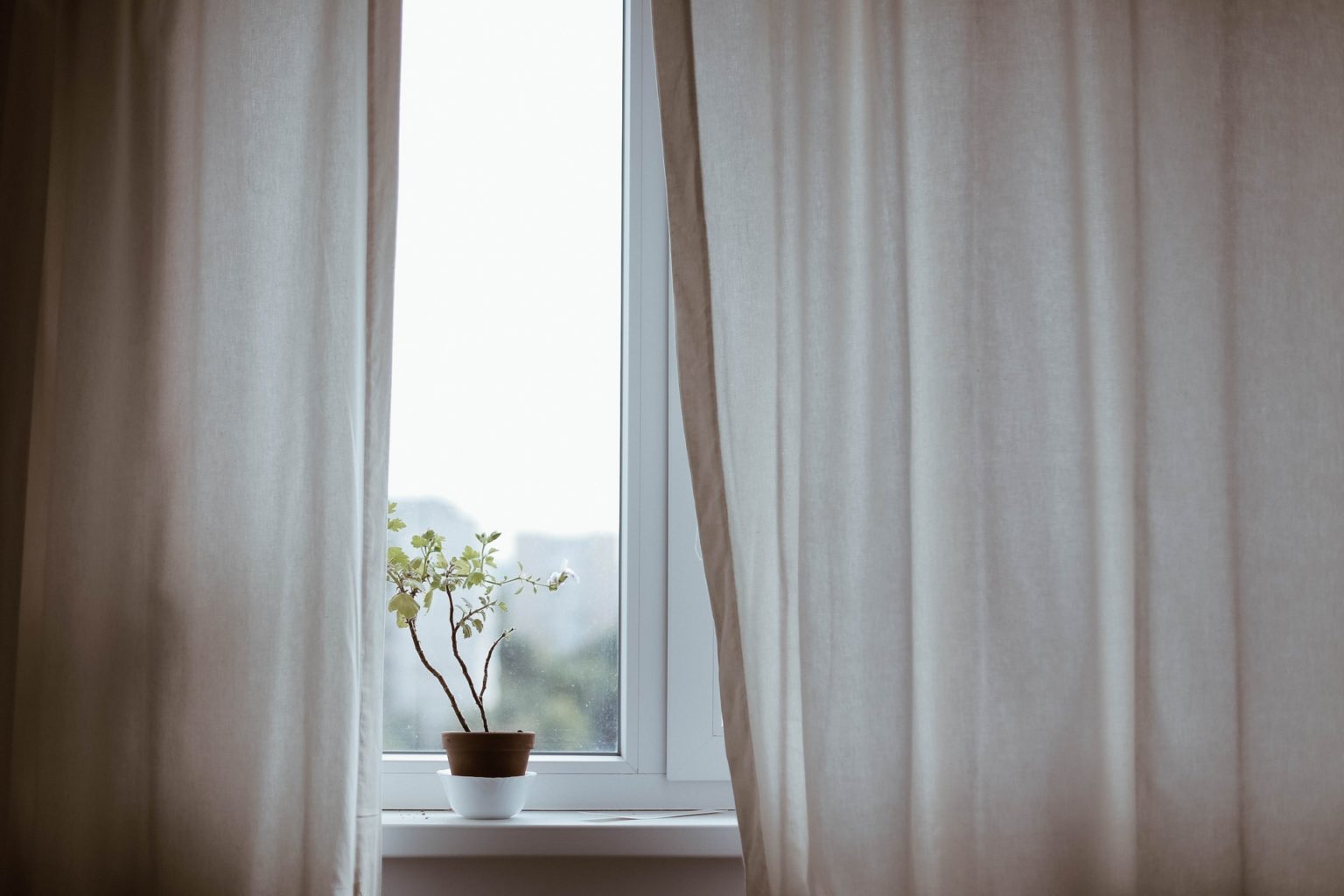
The Colour Light Temperatures Explained
You can observe three main qualities of light in relation to colour, brightness, saturation and hue.
Brightness is the amount of light emitted by a light source. Studies have shown that bright light intensifies emotions, while low light keeps them steady. Fortunately, today you can find products like a dimmable LED driver that can enable you to control the brightness f your lights.
Saturation is all about the intensity of colour. More saturated lights can amplify your emotion, and muted lights are able to dampen your emotions. Saturation is measured in %, where 100% is pure colour, and 0% is grey.
Hue, on the other hand, is defined as a shade or colour. It has been proven that natural light makes you happier, but artificial light can also have a positive influence on your mood. Blue/white light makes you energetic, but too much of it can interrupt your sleep patterns, while amber/red light is the least likely to have an influence over your internal clock.

The Impact of Incandescent, Halogen and Fluorescent Lights
Let’s discuss more in detail the impact of the colour of light, in relation to its temperature, you are using on your overall well-being.
- Incandescent light at a temperature level between 2700 to 3000K is a warm white light that is ideal for rest and relaxation. The mood you can expect from this type of light cheerful, romantic, and generally positive.
- Halogen lights are within the second range of temperature level (3500-4500K), so the bright white, neutral white, and cool white. It has the blue spectrum, we talked about before, that helps you stay awake and active.
- Fluorescent lights (5000-6500) are representing the natural light temperature. They enable you to boost your mood into vibrant and energetic. It is the perfect light for reading or when you want to include accent lighting inside the house.
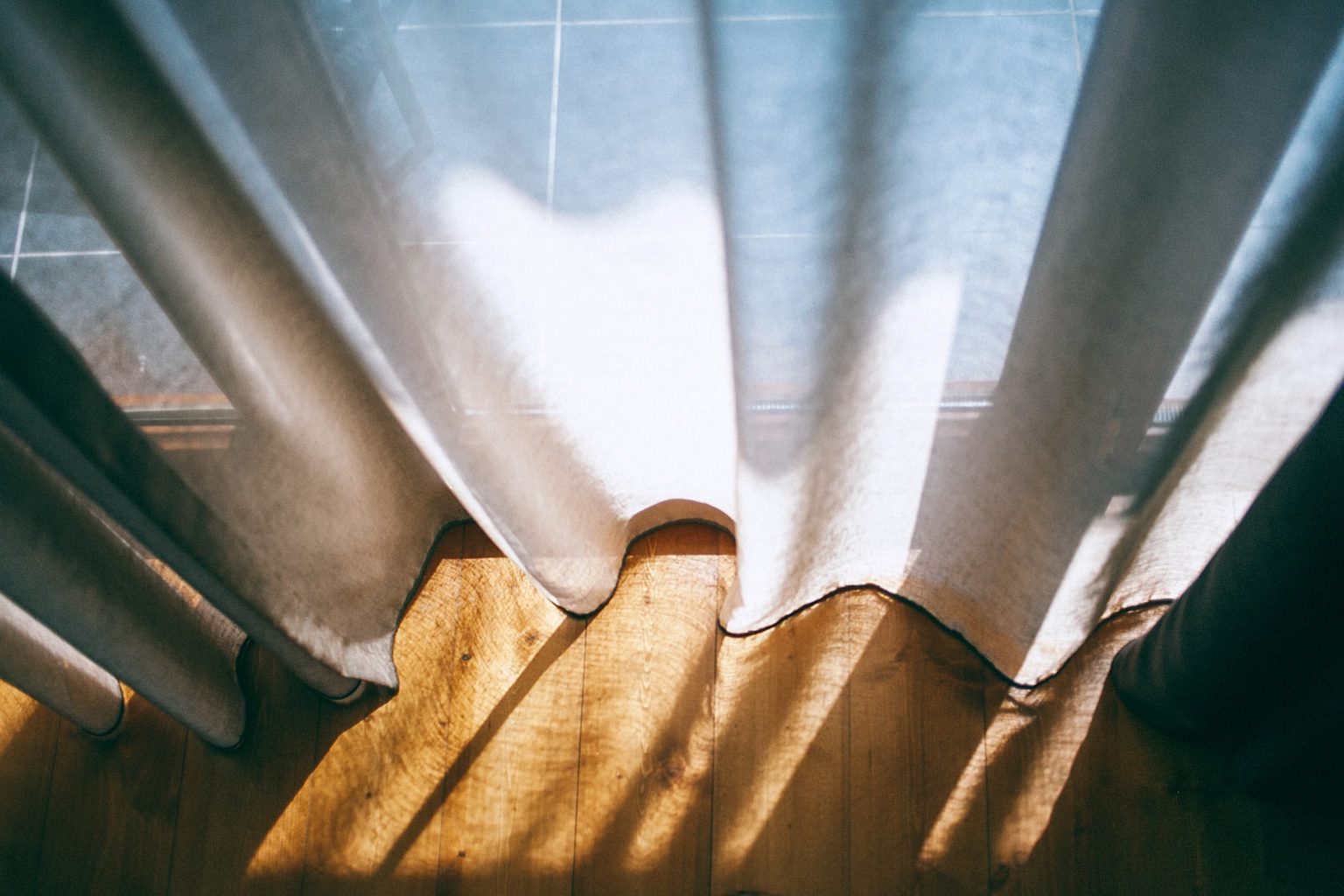
How Can You Use This Knowledge To Your Advantage?
Since you are in charge of the lighting interior design of your home, you can now use the knowledge about lighting and set up your lighting features according to the moods you are looking for. Switch to bright yellow or red light undertones if you wish to elevate your mood. If you are feeling overwhelmed, try more green lighting features. Experiment with brightness, saturation and hue, whatever it takes to make you feel better in your own house.
Master the art of colour light experimentation, and stimulate yourself and your mood as you wish. Light plays a significant role when it comes to the ambience of a room and your personal well-being, take control and use it to your advantage.

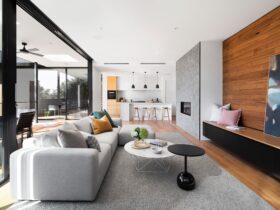

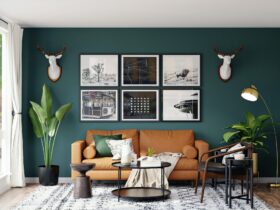
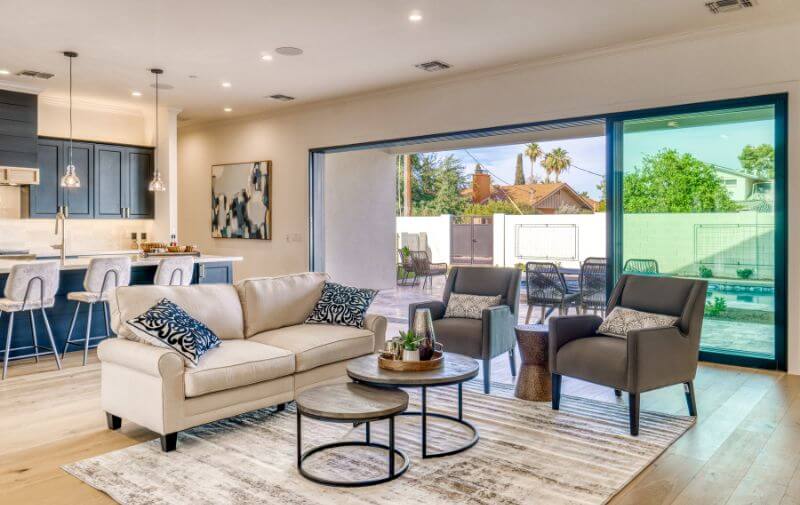
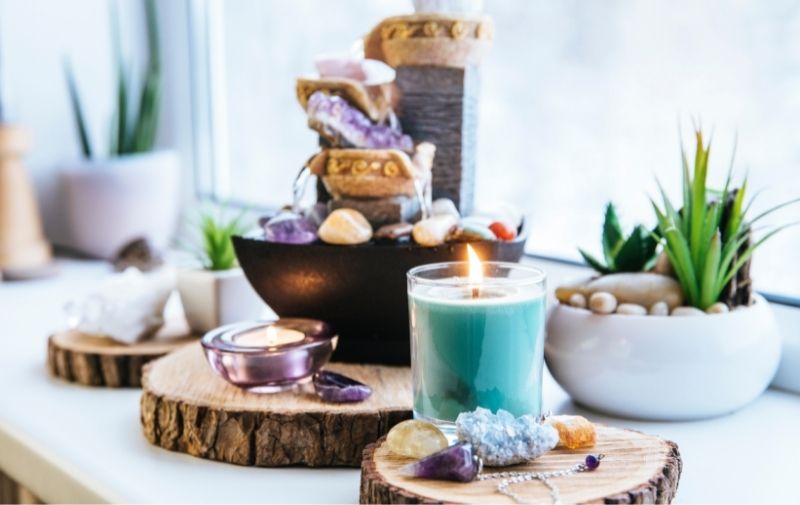
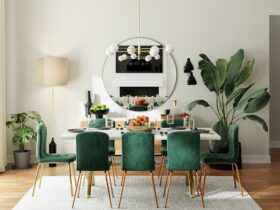
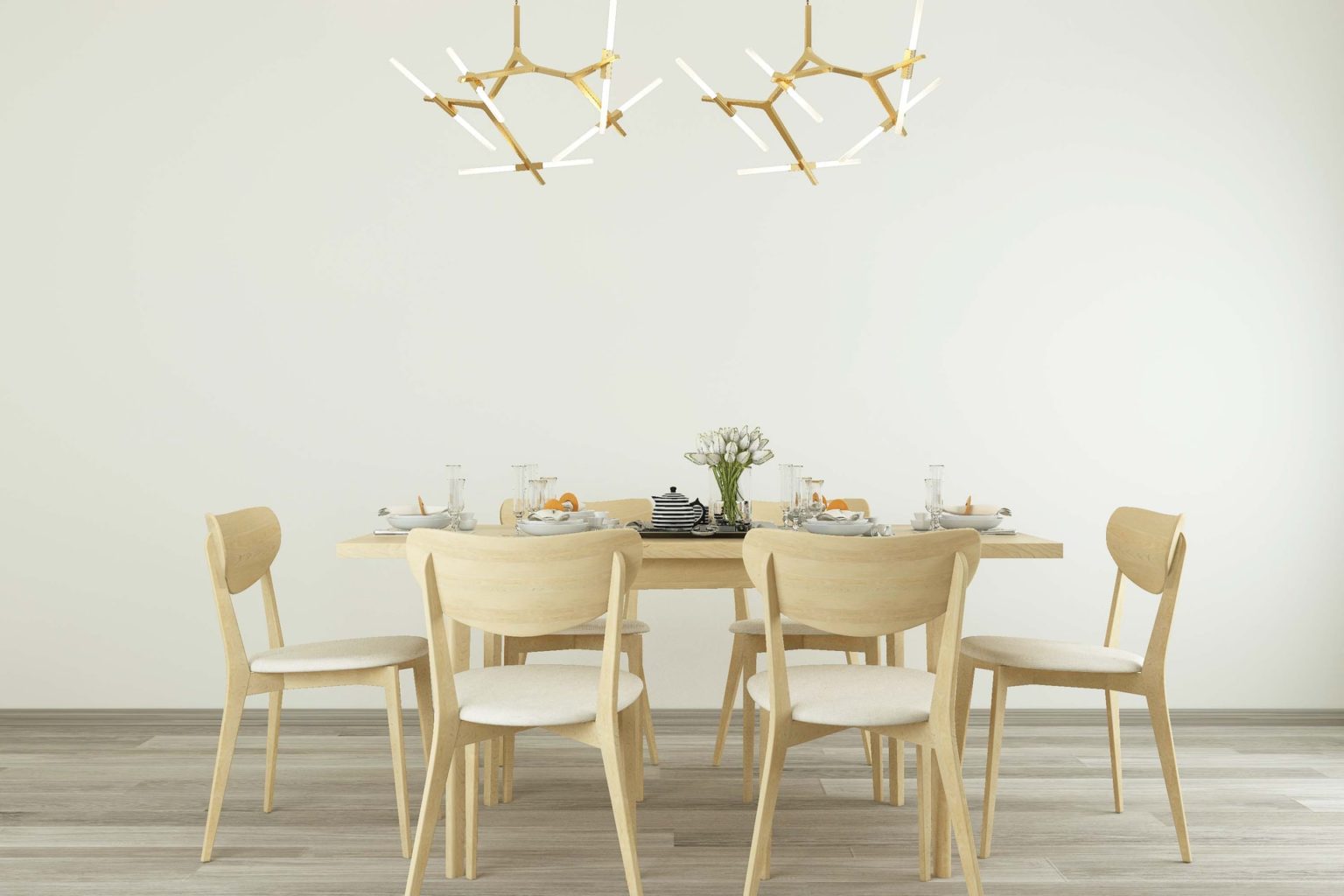
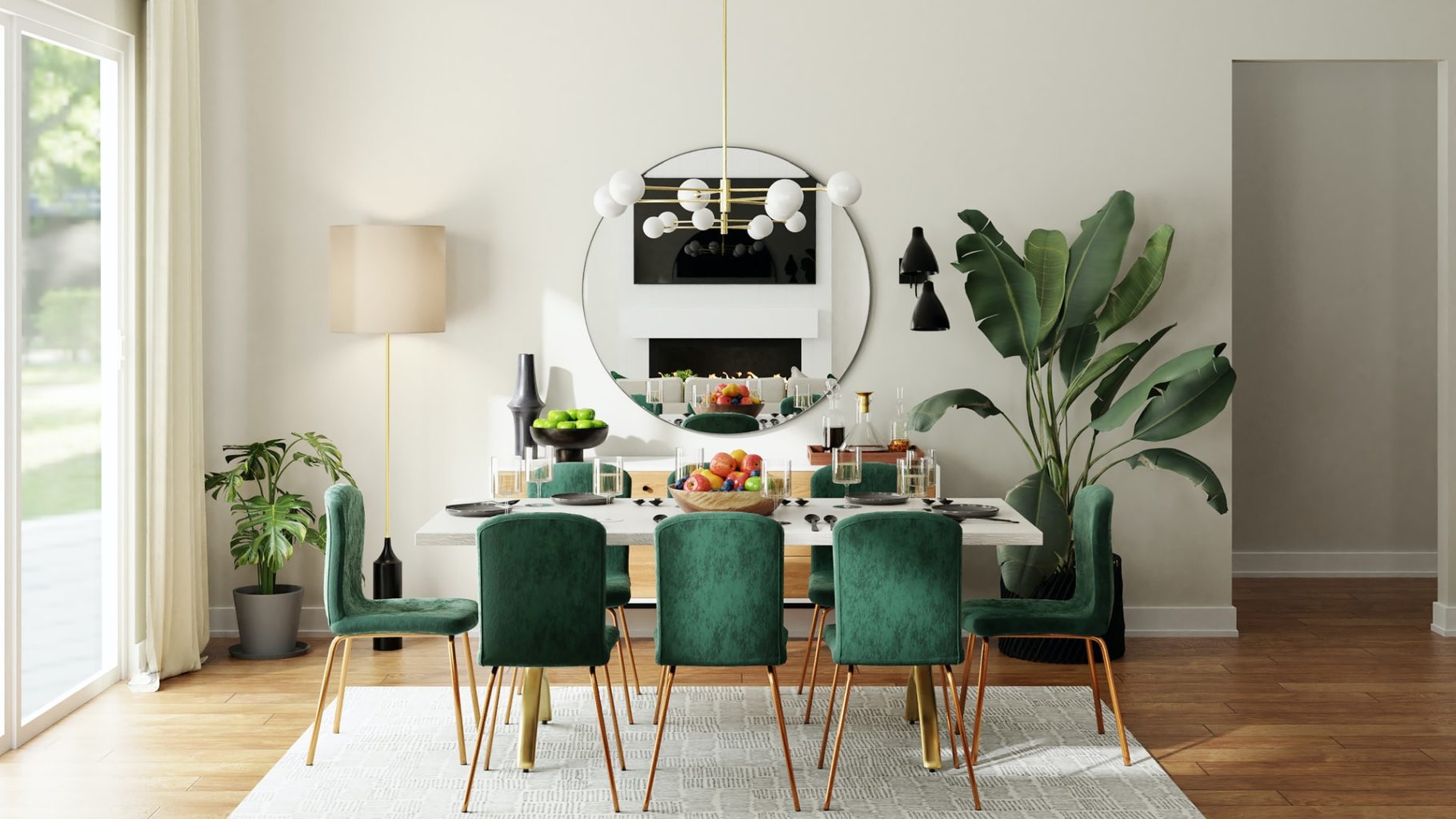
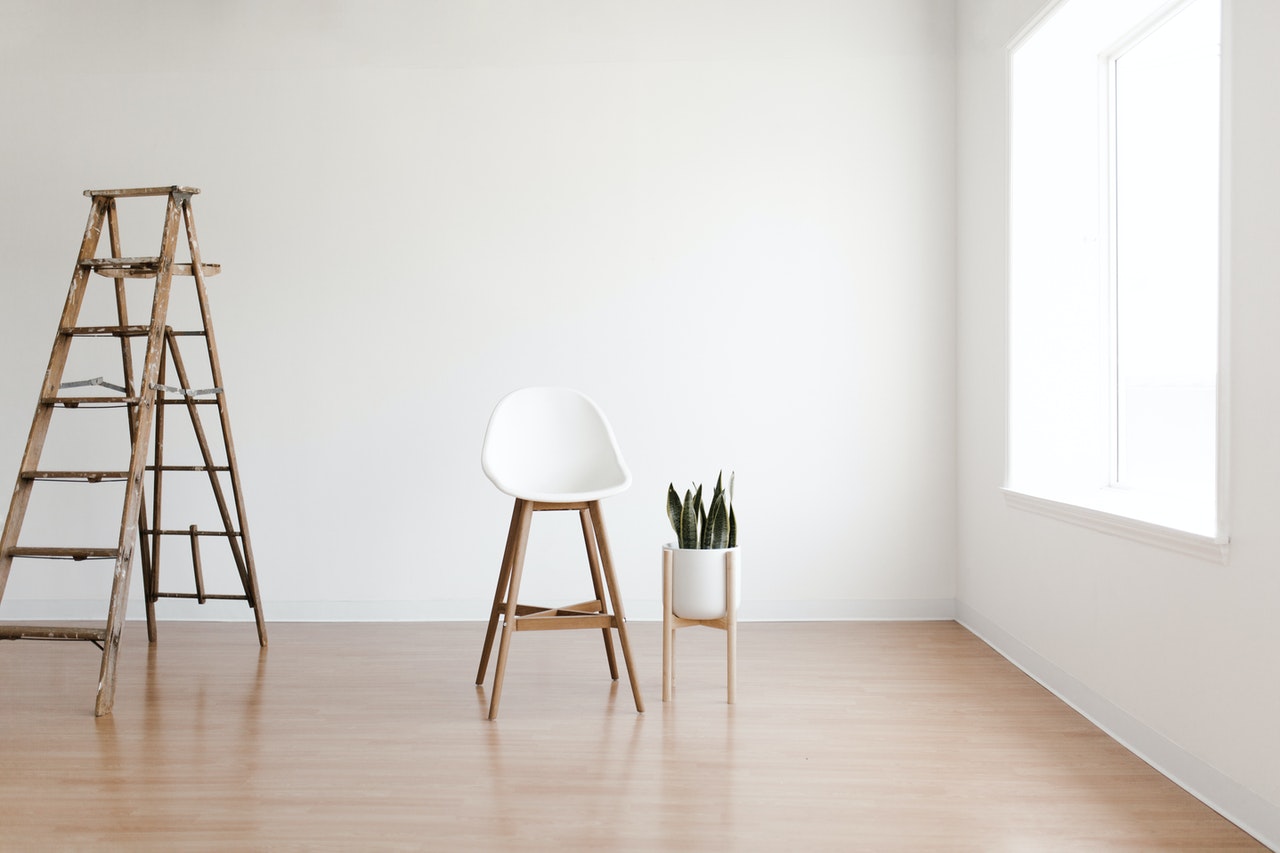
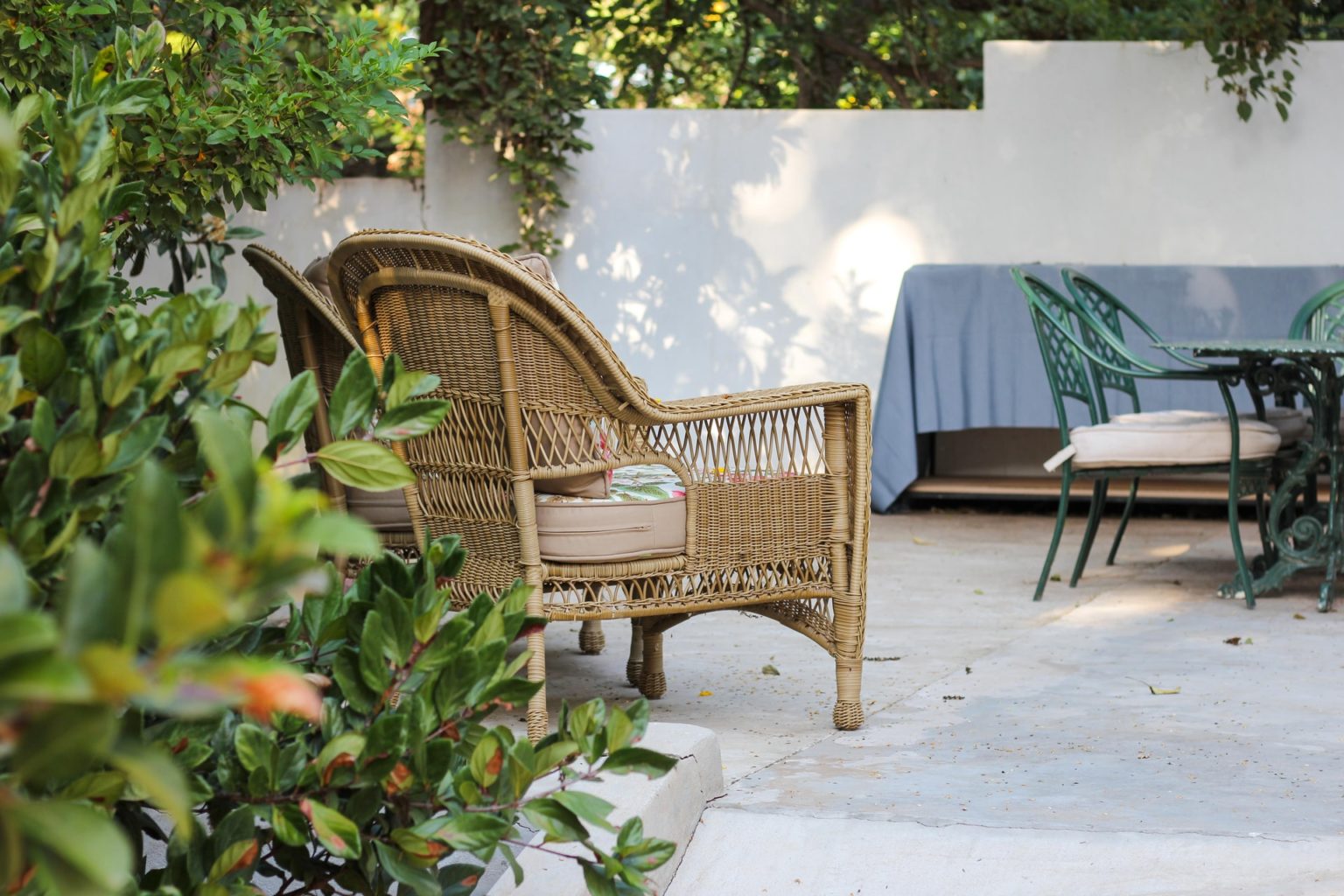

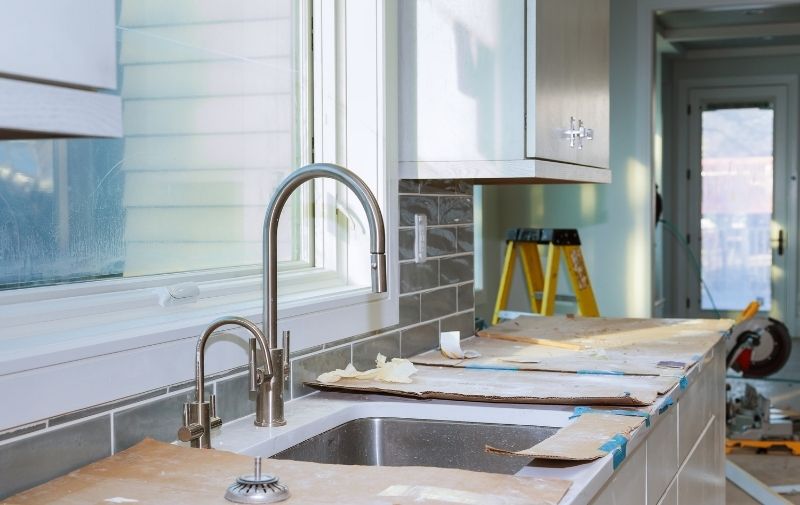

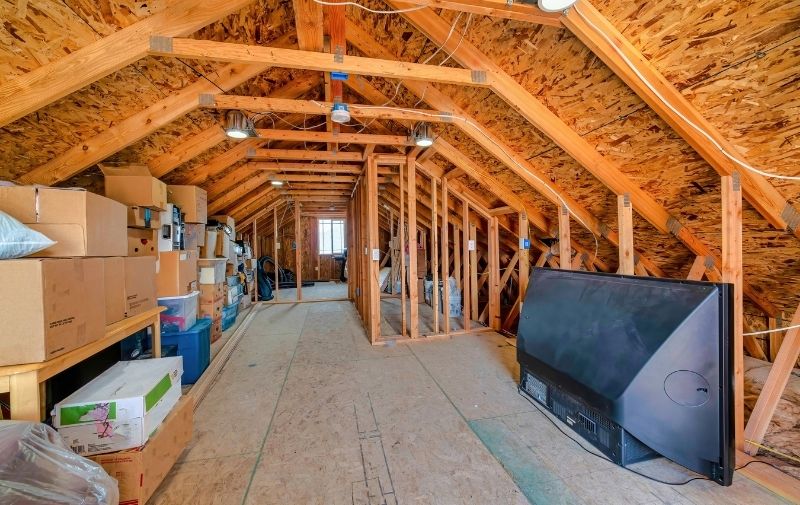
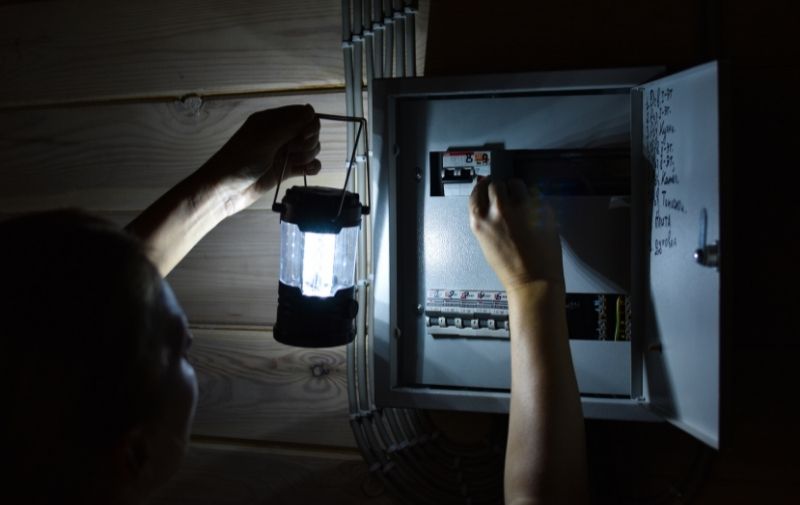
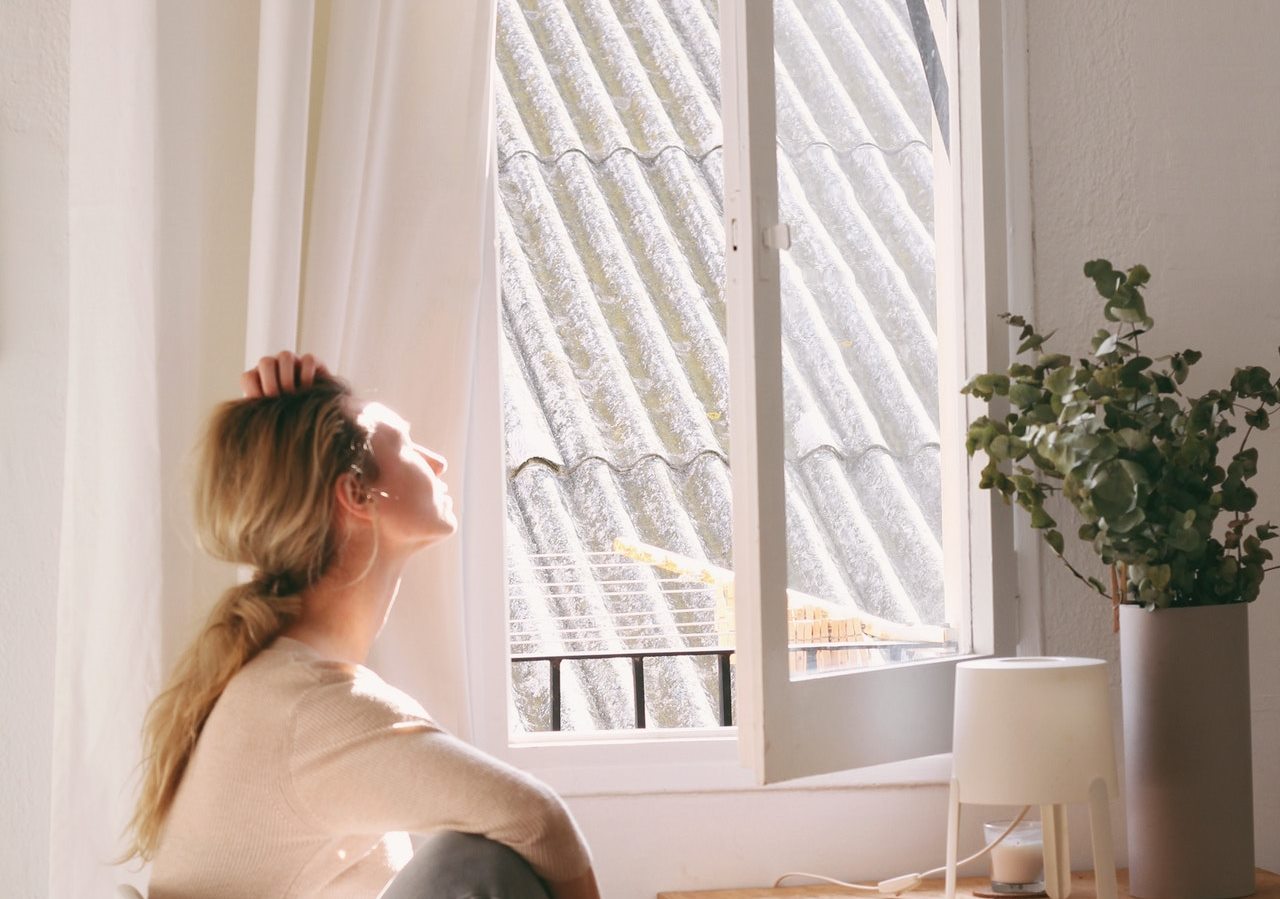
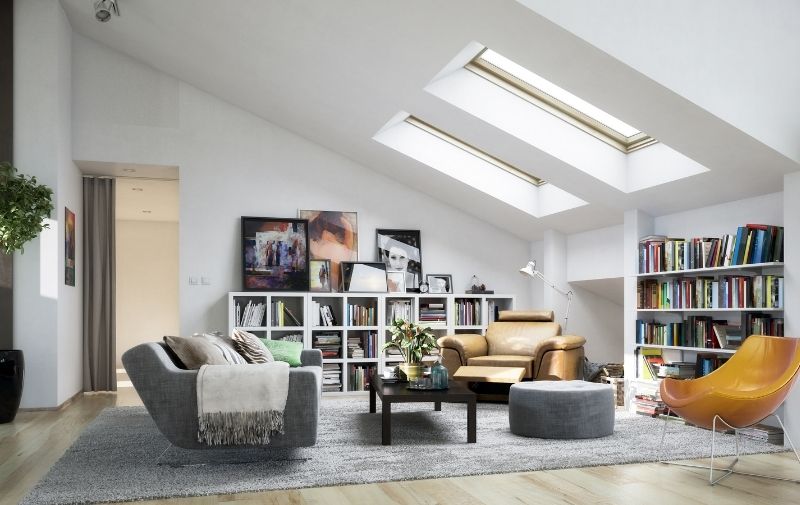




Leave a Reply